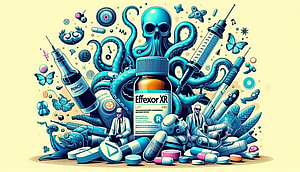
...headaches, including: drinking water limiting alcohol getting enough sleep avoiding foods with high histamine, such as aged cheeses, beer, and cured meat using essential oils using a cool compress drinking...

...intake of high-purine foods * Stay hydrated by drinking plenty of water * Exercise regularly * Manage underlying health conditions, such as diabetes and hypertension * Talk to your doctor...

...non-alcoholic beverages, which can dehydrate the body, aggravating laryngeal symptoms. Drinking plenty of water, to thin mucus in the throat, so that it clears easily. This decreases congestion and helps...

...by contact with infectious bodily fluids, especially saliva, and is therefore sometimes known as the kissing disease. It can also be spread by:[4][11] Sharing toothbrushes Sharing drinking vessels and cutlery,...

...affected person eating and/or drinking in order to encourage the object to pass through the LES and into the stomach. Carbonated drinks are thought to be helpful in certain cases,...

...treatment of an episode of hypoglycemia is to give sugar. If the affected person is fully awake, drinking sweet drinks or eating sweets may be sufficient as therapy. Drowsy or...

...Keep in mind that drinking alcohol can also worsen symptoms of depression and anxiety disorders, which Effexor XR is used to treat. Your doctor may recommend that you avoid drinking...

...and Human Services defines moderate alcohol consumption as no more than one alcoholic drink a day for women or two drinks a day for men. High alcohol consumption can be...

...and is most common in middle-aged and older adults. Important risk factors include diabetes, high blood pressure, smoking, drinking alcohol, obesity and having a family member who has or had...

...and other water-soluble substances. Examples are saline solution, dextrose in water, and Ringer’s lactate. Most physicians administer crystalloids to dehydrated patients and those who require electrolyte replacement. On the other...










